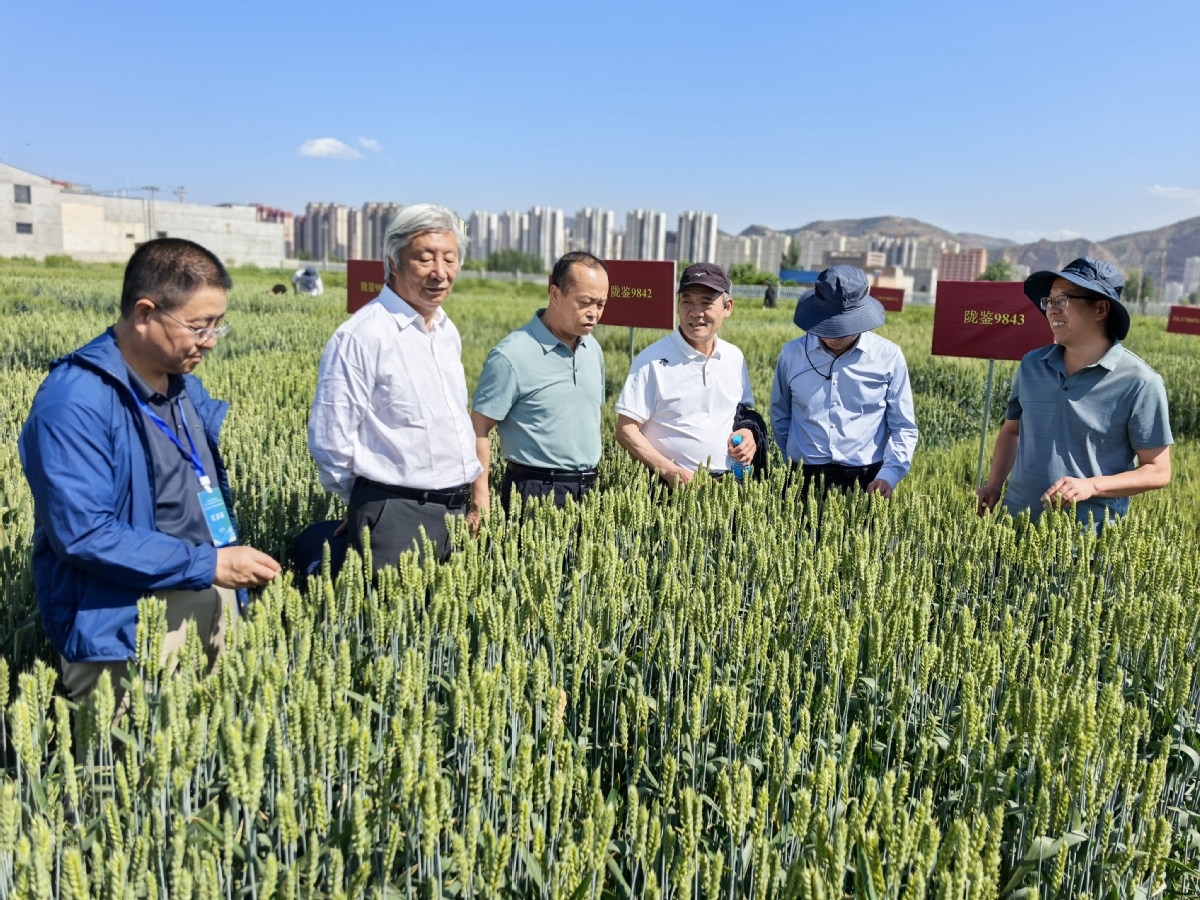Symposium affirms scientific support to increase wheat yields


The national symposium on wheat disease research and prevention was held recently, gathering more than 200 experts, scholars and industry representatives in Tianshui, Gansu province, to discuss the scientific strategies for managing major wheat diseases in China.
The symposium was organized by the National Wheat Disease Research and Prevention Collaboration Group, the successor to the National Wheat Rust Research Group established in 1975.
Over the past 50 years, the group, which was initiated by Chinese Academy of Agricultural Sciences' Institute of Plant Protection, has played a key role in wheat disease prevention and control, helping improve China's capabilities in tackling major wheat diseases such as stripe rust and fusarium head blight, the CAAS said.
According to experts, more than 30 types of wheat diseases are commonly found in China, while over 10 frequently occur and can reduce yields by more than 30 percent if not properly managed. A nationwide outbreak of stripe rust in 1950 led to a 41.4 percent loss in wheat production.
Key missions of the group include monitoring the seasonal development of major wheat diseases to support forecast and emergency response, as well as tracking changes in disease resistance to inform cultivation.
Since 1965, CAAS has operated a wheat rust research station in Gangu county, Gansu, which is now a hub for national cooperation. In recent years, it has deepened research into the origins of wheat stripe rust.
Chen Wanquan, head of the collaboration group, emphasized that the group will continue to strengthen nationwide cooperation and tackle new challenges posed by climate change, contributing vital scientific support to ensure increased wheat yields.
The symposium also featured discussions on cutting-edge technologies such as disease monitoring and early warning systems, as well as environmentally friendly control methods, CAAS said.




































